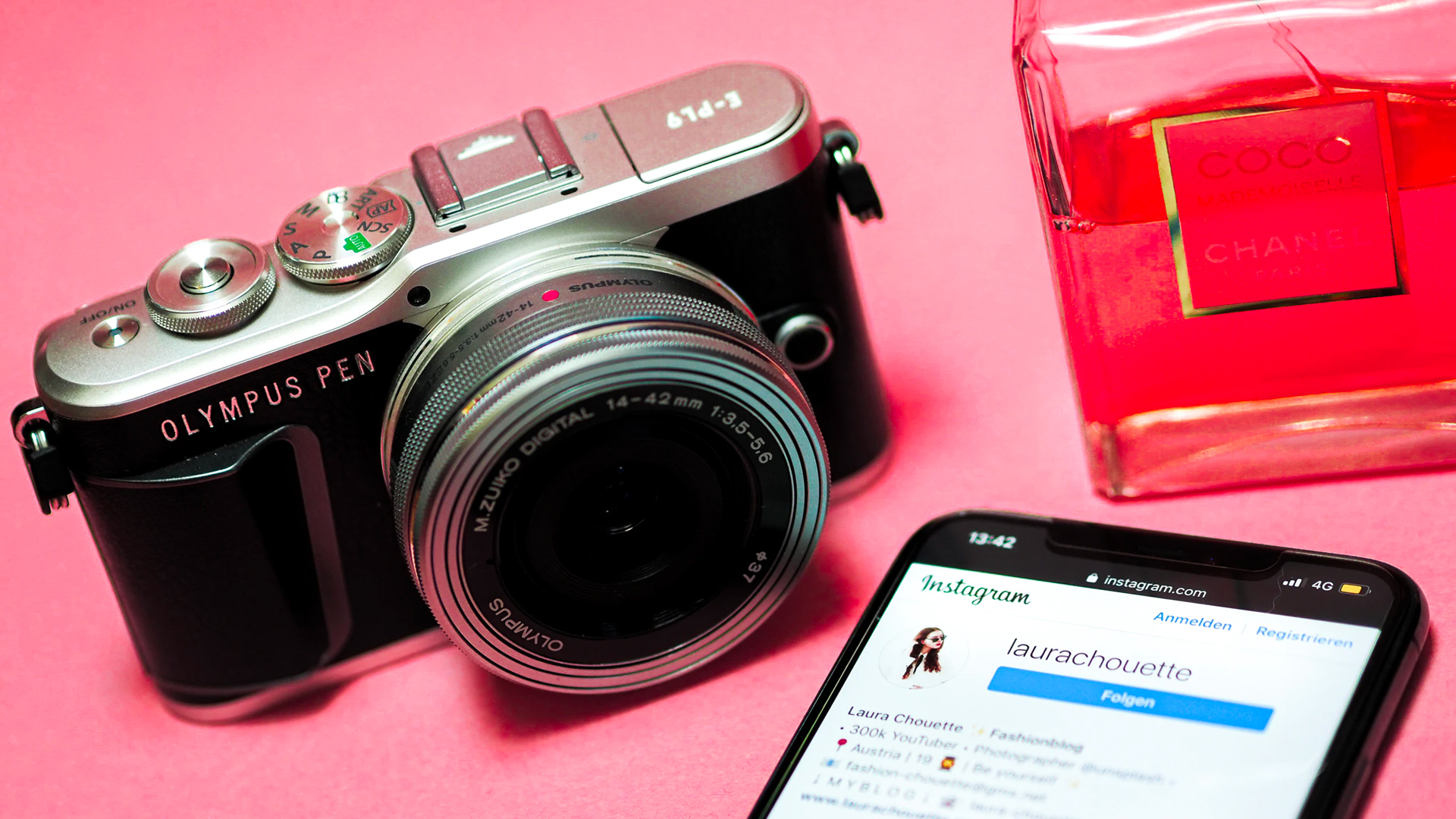How the expanding world of e-commerce shopping festivals is changing the global retail landscape.
November has long been a critical month in the retail calendar. Now, thanks to global inventiveness and e-commerce, the November shopping frenzy is being reinvented, amplified and replicated to deliver an online retail shopping festival for every month of the year creating opportunities, and challenges, for brands.

Familiar to millions globally, the day after American Thanksgiving, dubbed “Black Friday” as early as the 1960’s, marks the countdown to the holiday season. This retail season took on a new added a new term to the lexicon when “Cyber Monday” was coined in 2005 as the e-commerce counterpoint to Black Friday’s brick and mortar shopping day.
Fast forward to November 11, 2009 in China. Retail took on a totally new dimension when Alibaba hosted its first Singles Day shopping festival on its Tmall ecommerce platform featuring just 27 brands. This year, Singles Day included 180,000 international brands – from cars, fashion and electronics to cosmetics, household detergents and food – and raked in transactions from across 230 countries and territories totaling US$30.8bn. That’s bigger than Black Friday and CyberMonday… combined.
These kinds of numbers attract the attention of others. The event itself is no longer the exclusive territory of Alibaba as other e-commerce platforms and brands, both inside and outside China, align their promotions to tap into the holiday spirit.
Others have gone one step further by launching shopping festival days of their own. In China, Tmall rival JD.com has established their own shopping festival marking their June 18 anniversary. The festival achieved sales of US$24.7bn in 2018.
This e-commerce tale isn’t just about China as the shopping festival idea has jumped the Pacific. In 2015, Amazon held its first “Prime Day” to celebrate its 20th anniversary. Now taking place in the second week of July each year (this year July 16) it features the same lightning deals and bundled discounts familiar to Tmall and JD.com shoppers. Amazon is much more coy about its sales figures than its Chinese rivals. However, with 100m subscribers and 17 countries taking the 2018 sales figure has been estimated at US$4.19bn. Amazon also says that the day is immensely valuable in recruiting new members and building loyalty among existing members who shop with them first and more frequently than they do elsewhere.
So far then we have 6.18, 7.16, 8.18, 11.11 and 11.26 (this year’s Cyber Monday). That’s only four months of ecommerce shopping accounted for. What about the other eight months? Once again, China points the way as its shopping festivals are expanding to take over already established festivals and creating new ones.
Chinese New Year is the biggest festival of the Chinese calendar and is an established time for gifting. Other western festivals like Valentine’s Day and Christmas are also being coopted. But also, other day’s like Women’s Day (March 8) alongside Mothers’ Day (May) and Fathers’ Day (June). New ones are also created like 5.20 and 9.9. May 20th sounds like “I love you” when pronounced in Mandarin adding to Valentine’s Day and two other love festivals established in the Chinese calendar. 9.9 was another Tmall invention as, similar to 5.20, “nine” and “alcohol” also sound similar in Mandarin and so the Wine Festival was born.
What this means is that any brand looking for opportunities to sell online can target different times of the year to reach different consumer subsets according to their marketing and business priorities.
Taking a 12-month view is increasingly important. It is tempting to dive in to the really big festivals like Singles Day as the opportunities seem virtually limitless. But there is a caveat. The cost of participation and driving traffic is increasing. Success during a shopping festival requires driving awareness, traffic, conversion, and sales at the lowest possible cost. Given how crowded marketplaces can be during these moments in time requires a strategy to being seen and building engagement across multiple channels both inside and outside of the e-commerce platforms themselves. This needs to begin ahead of the festival.
Savvy brands don’t put all of their eggs in one basket, especially those entering the fray for the first time. Some will test their legs at some of the smaller festivals where it is possible to generate greater cut through. Splitting budget allocation between brand awareness and sales can also deliver returns. This takes the emphasis off discounting to win sales and delivers a longer-term benefit over immediate conversion.
The commercialization of festivals has happened once before in the greeting card industry. The numbers being generated in ecommerce shopping festivals in 2018 strongly suggest that the sector will continue to grow; especially when you consider that virtually all markets around the world have been slower to adapt e-commerce, mobile commerce and social commerce than China has. What this means is that, beyond Singles Day, Black Friday and Cyber Monday, e-commerce is poised to become a 24/7/365 global event.


